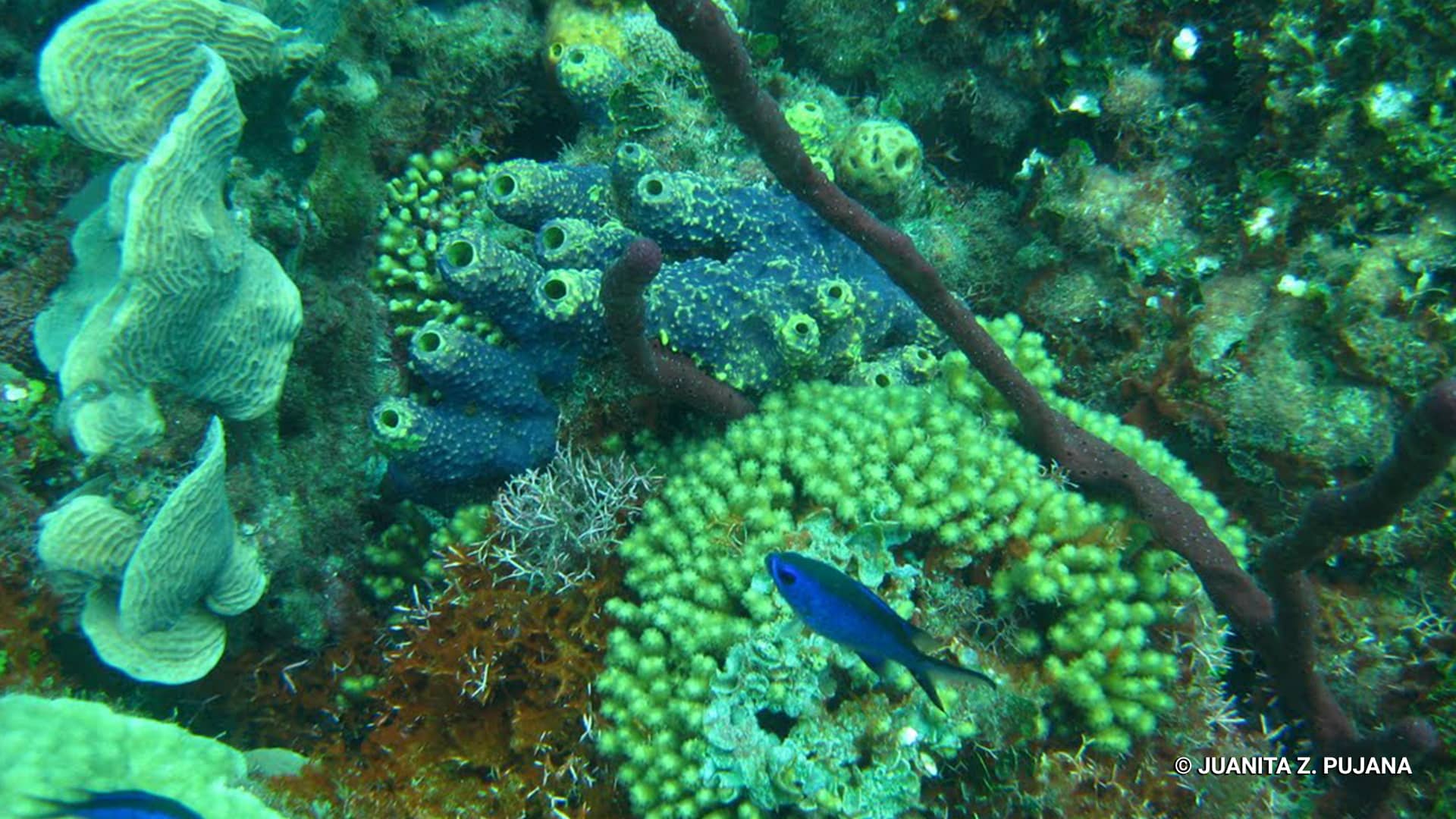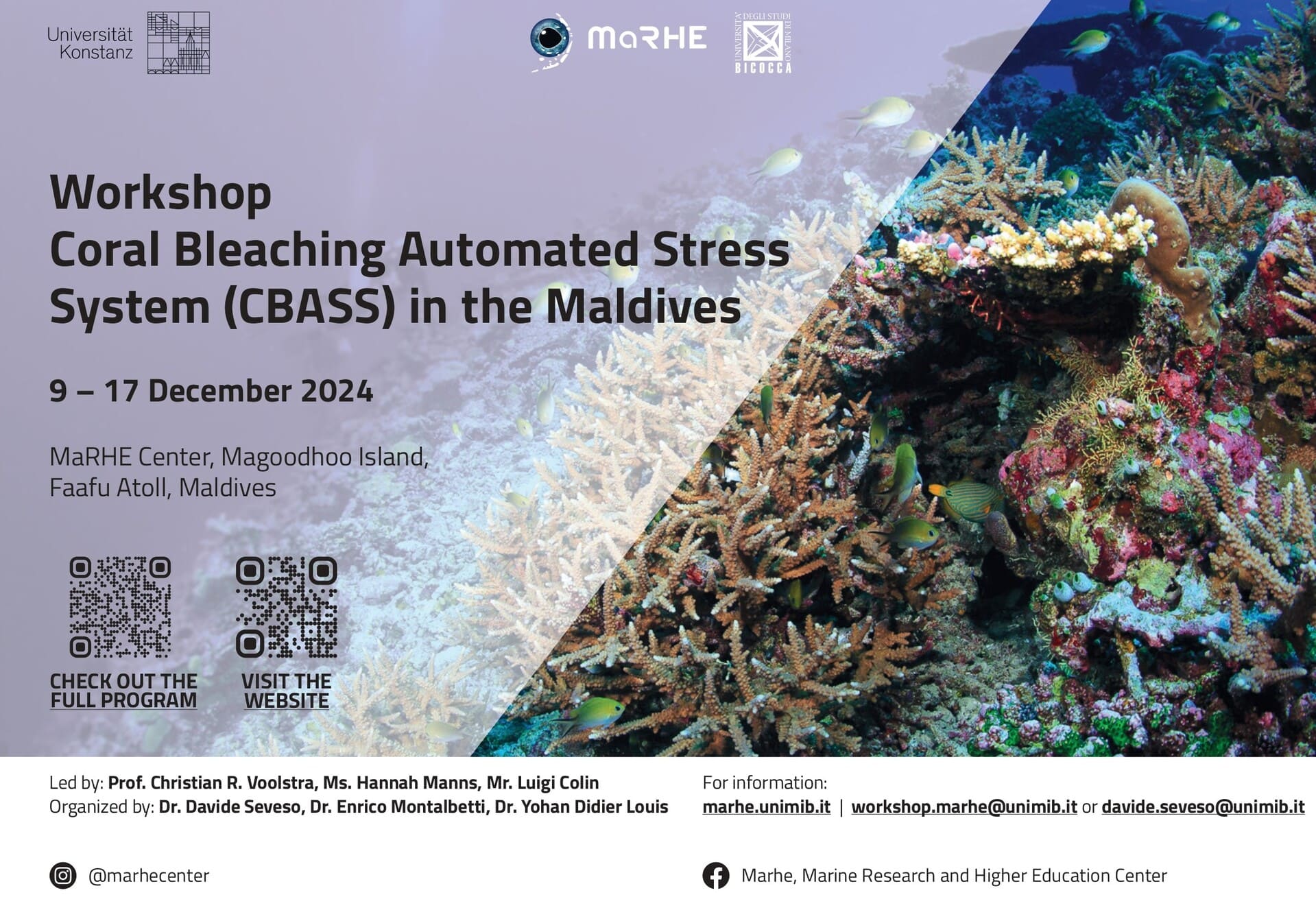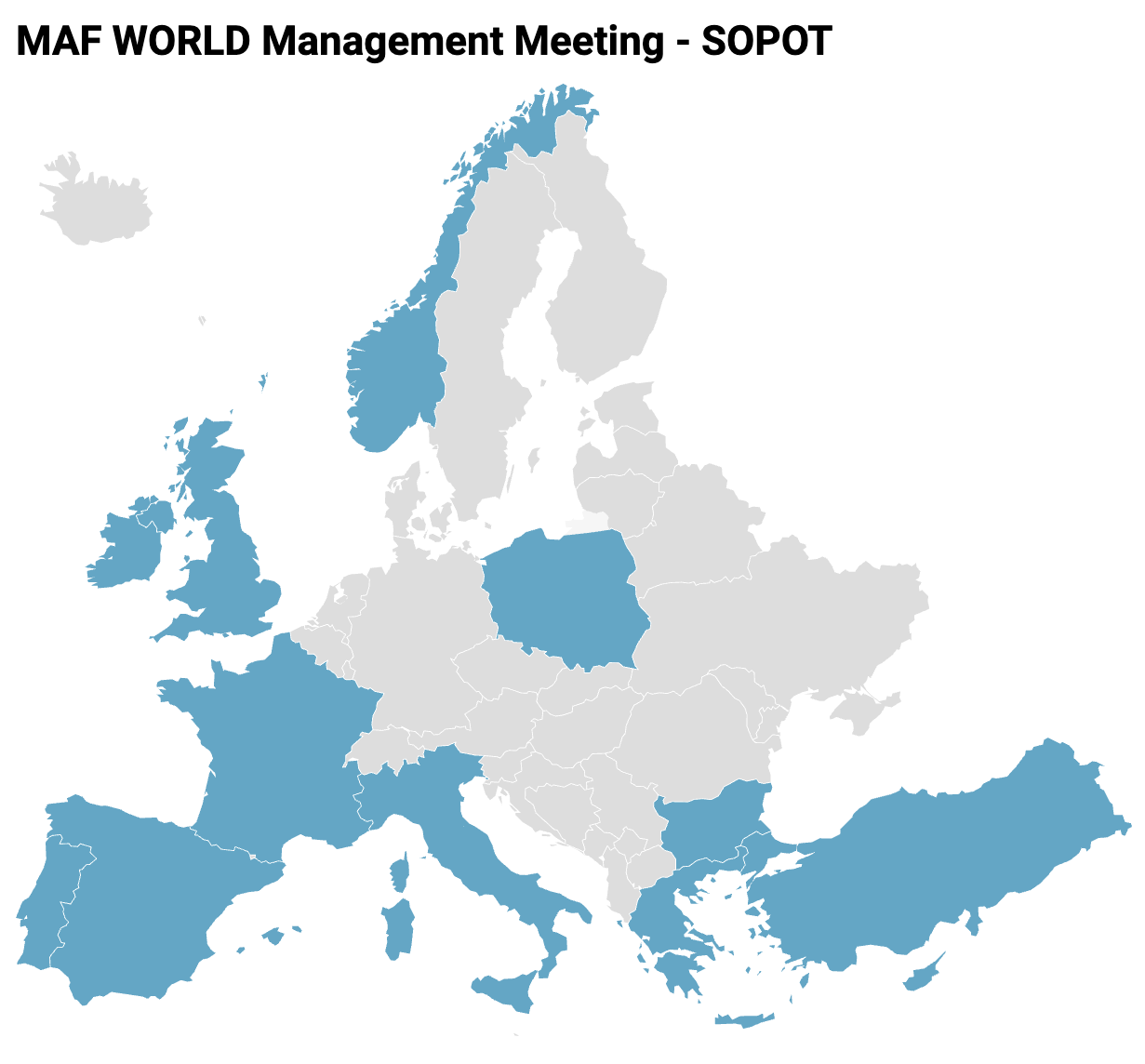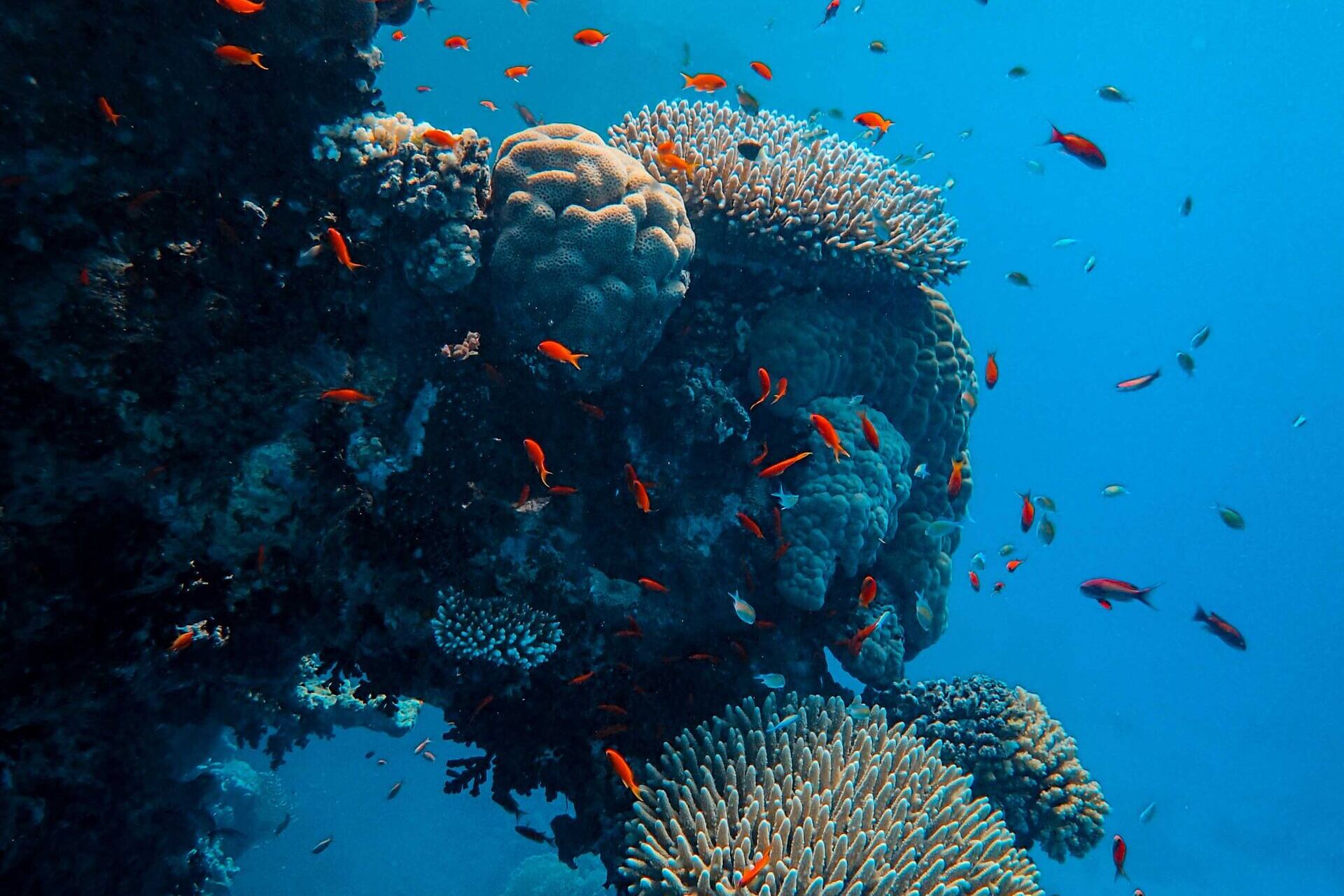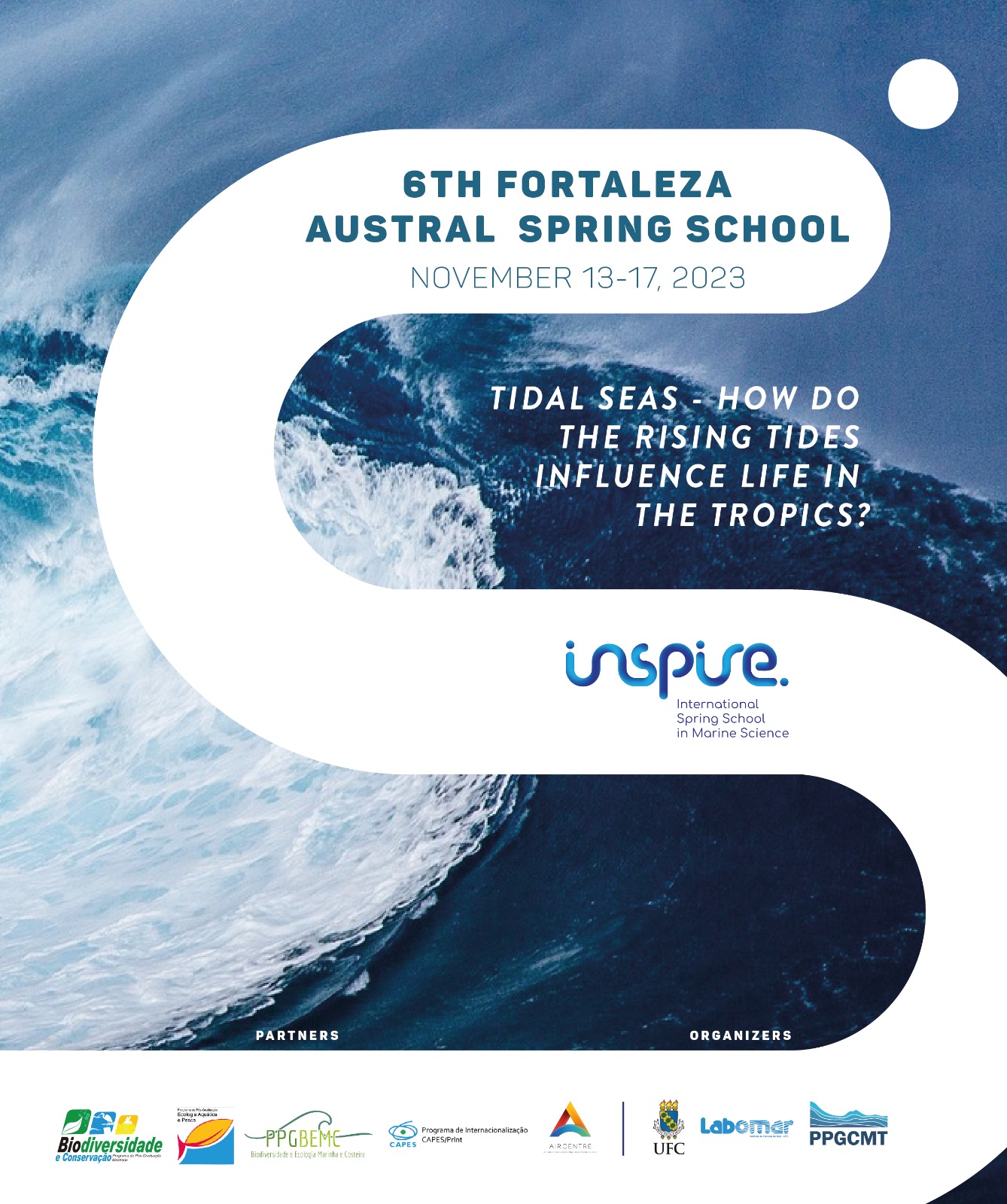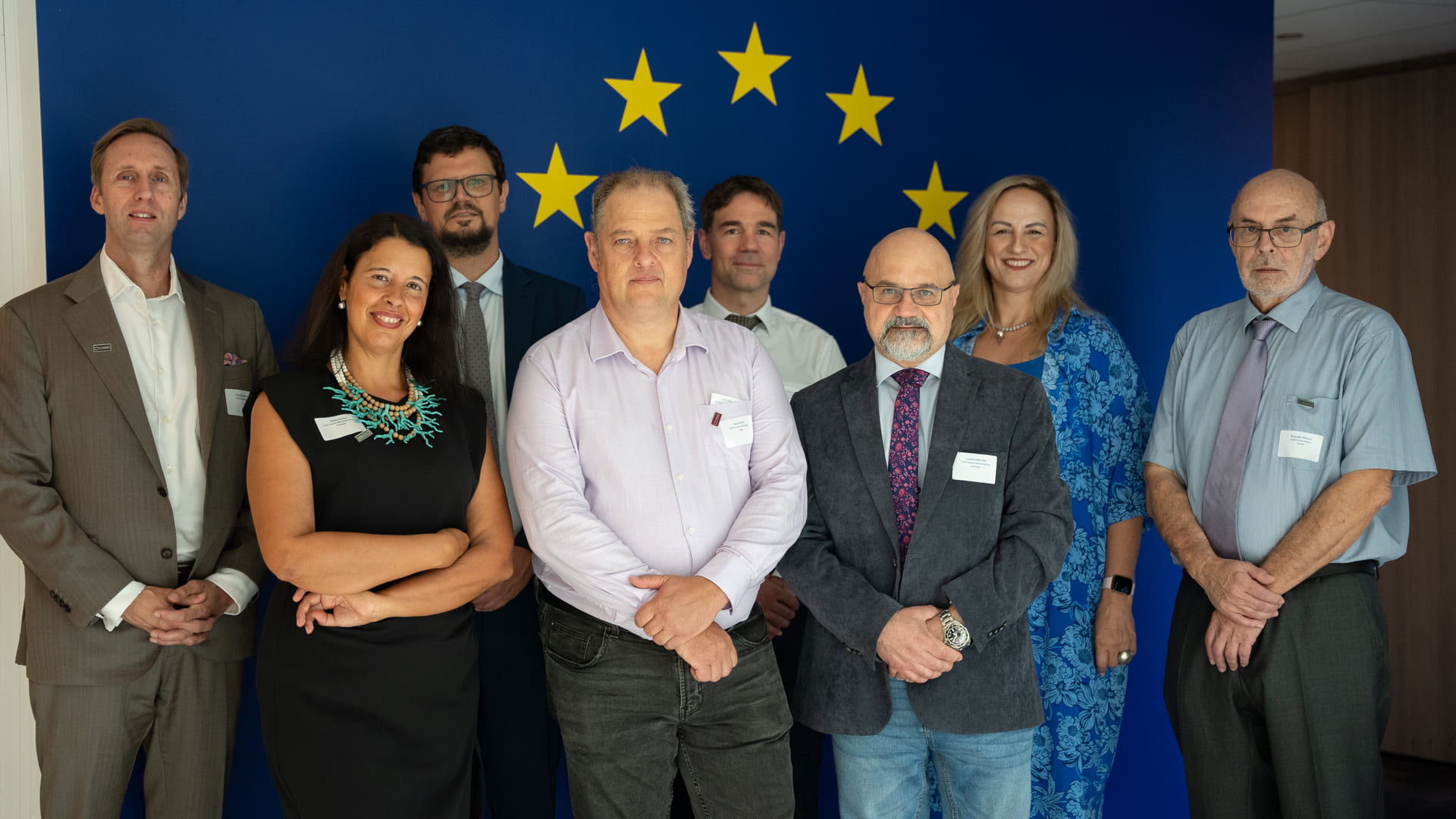Juanita Zorrilla-Pujana
If someone asked me to summarise this first year of our COST Action in terms of Science Communication through hashtags, I would use keywords like “friendly network”, “opportunity”, “creative learning”, & “science collaboration”.
Setting a joint image: more than branding.
When building the project, we envisaged that science communication would be a cross-cutting topic, connecting the different working groups in a network as extensive as ours.
After the kick-off, the first step as a network was to create a branding image that fit our project’s nature. For us, it was a determinant step and a fun one (it must be said) because the result of this process was going to be our identity, and as is commonly said, an image is worth more than a thousand words.
We made this step as participative as possible, including not only the management committee but also the core group of the network as representatives, so we could all decide which was the best option for the whole group. Fortunately, we had an experienced design studio that understood our needs. So, first, we worked on analysing the best keywords to include in our logo and the messages we wanted to deliver, and then, the magic appears when you have design professionals doing their part.
Our meeting point- the website
We are fortunate to develop a website with a topic as beautiful as Marine Animal Forests. We also have a strong network of members sharing high-quality images and videos with us, making it possible to build a captive and attractive website representing the essence of each working group.
In our case, the website was an important deliverable. It is our meeting point, in which our private member’s area allows us to share documents and pictures securely and compilated in one place.
In addition, to include updated information on our website with some periodicity, we agreed on a calendar to collaborate with communication notes and articles for the news section. It is an opportunity for members to present exciting content and exchange their experiences and the latest topics of relevance within the network.
Complementary to the website, social networks are a fast, dynamic, and ephemeral way to communicate. Of course, we could agree or disagree, but these are exciting channels for the science communication of a project. In the first instance, we chose LinkedIn as our main social network channel as MafWorld – COST Action (CA 20102). In social networks, according to your capacity to manage different channels properly, less is more, at least in our case. We know that social networks are still our pendant task, and we will try to improve our job in this issue with more active members’ collaboration in the following years.
A training experience – Connecting the dots: Communicating Marine Animal Forests
During our first grant year, we organised a training school based on science communication in Marine Anima Forests. We wanted to give tools and open the minds of our members on different ways of communicating and the importance of this field. We also consider some aspects of responsible science communication practice for the training as recommended by Jensen and Gerber (2020)
- Ensuring appropriate and relevant communication skills,
- Address the needs of specific stakeholders or audiences through correct planning, development, and allocation of objectives.
- Ensuring appropriate and relevant communication skills are developed and applied for a given science communication challenge.
- We tried to be inclusive and welcoming, prioritising countries with fewer opportunities to have this kind of training.
Organising the training school was a complex task when scientific communication is not the core of the topic of your COST Action. It was a long process before having the green light. However, thanks to the support from the Management Committee and our COST Scientific Advisor, we delivered very specialised training within the world of Marine Animal Forests. All the effort was worth it.
One of the challenges was creating a training school without the help of professionals with science communication expertise outside of our COST Action. All the experience had to come from our network in a topic that is rare to have such expertise. So to tackle this, we developed a program with the collaboration of our members. When we started digging here, a whole universe of know-how and possibilities came to the surface, which led us to organise this training school in Barcelona at the Institut de Ciències del Mar in collaboration with SUBMON.
The call for the training school was sent to all members because we wanted to be as open as possible, and we were very successful. The training school was held from the 10th to the 13th of October, with 26 assistants between trainers and trainees. During these four days, we were together to learn and get inspired about different ways to communicate Marine Animal Forests through various channels.
We all can be proud of all the goals achieved. We have published the aim of our network in Science Letters, requested the endorsement by the UN Ocean Decade Programme, and are still waiting for the final decision. We also developed a beautiful video to explain our action, one of our current best presentation resources.
Finally, our Action Chair was present at COP 27, recently celebrated in Sharm El Sheikh, Egypt, spreading the word about our COST Action and collaboration possibilities with other institutions.
As a conclusion of this first-year grant as a science communication coordinator, it has been a pleasure to be part of this great network. We will continue the hard work, spreading the voice about Marine Animal Forests, in which we expect that science communication will play a fundamental role in the years to come.
Jensen, E. A., & Gerber, A. (2019). Evidence-Based Science Communication. Frontiers in Communication, 4, 78. https://doi.org/10.3389/FCOMM.2019.00078/BIBTEX
